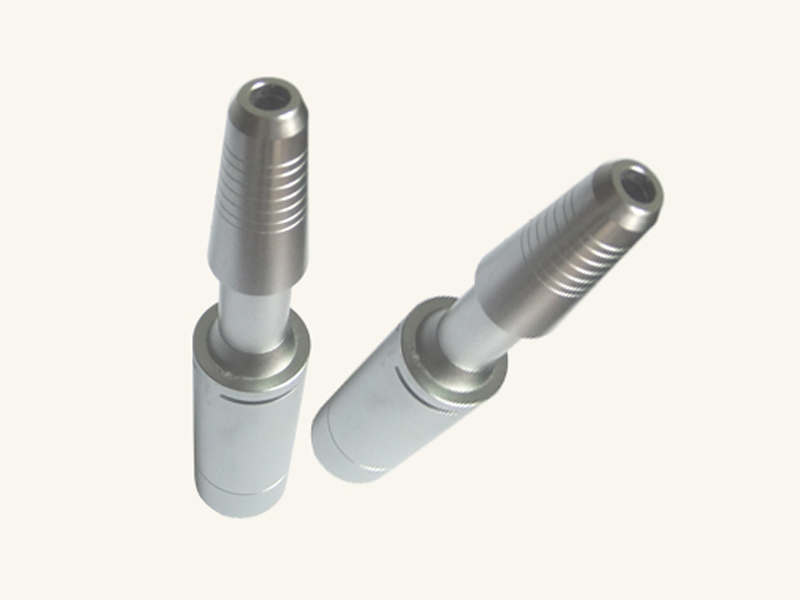Develop a reasonable processing route to reduce the auxiliary time of numerical control milling
In order to improve the production efficiency of numerical control machine tools, we must first carefully analyze the parts processed by numerical control machine tools, and clarify the technical requirements of materials, structural characteristics, row tolerance requirements, roughness, heat treatment, etc. Then on this urgent basis, choose a reasonable milling process and a simple machining route.
Select the right tool to improve the cutting efficiency of the numerical control milling machine
The choice of tools should consider the numerical control machine tool processing capacity, process content, workpiece material and other factors. The tools selected by the numerical control machine tool not only require high hardness, high wear resistance, sufficient strength and toughness, high heat resistance and good public welfare, but also require dimensional stability, easy installation and adjustment. Therefore, new high-quality materials should be used as much as possible to make numerical control machining tools, and to optimize the tool parameters, so that the size of the tool is compatible with the surface size and shape of the workpiece to be machined.
Reasonable installation of clamped workpieces to improve clamping speed
When machining workpieces on a numerical control machine, the positioning and installation of the workpiece should strive to unify the design reference, process reference and programming calculation reference, minimize the number of clamping, and process all the processed surfaces after one positioning clamping as much as possible. Avoid the use of manual adjustment processing schemes to give full play to the effectiveness of numerical control machine tools.


 Spanish
Spanish Arabic
Arabic Spanish Basque
Spanish Basque Portuguese
Portuguese Belarusian
Belarusian Japanese
Japanese Russian
Russian Icelandic
Icelandic Bulgarian
Bulgarian Azerbaijani
Azerbaijani Estonian
Estonian Irish
Irish Polish
Polish Persian
Persian Boolean
Boolean Danish
Danish German
German French
French Filipino
Filipino Finnish
Finnish Korean
Korean Dutch
Dutch Galician
Galician Catalan
Catalan Czech
Czech Croatian
Croatian Latin
Latin Latvian
Latvian Romanian
Romanian Maltese
Maltese Malay
Malay Macedonian
Macedonian Norwegian
Norwegian Swedish
Swedish Serbian
Serbian Slovak
Slovak Slovenian
Slovenian Swahili
Swahili Thai
Thai Turkish
Turkish Welsh
Welsh Urdu
Urdu Ukrainian
Ukrainian Greek
Greek Hungarian
Hungarian Italian
Italian Yiddish
Yiddish Indonesian
Indonesian Vietnamese
Vietnamese 简体中文
简体中文 Haitian Creole
Haitian Creole






